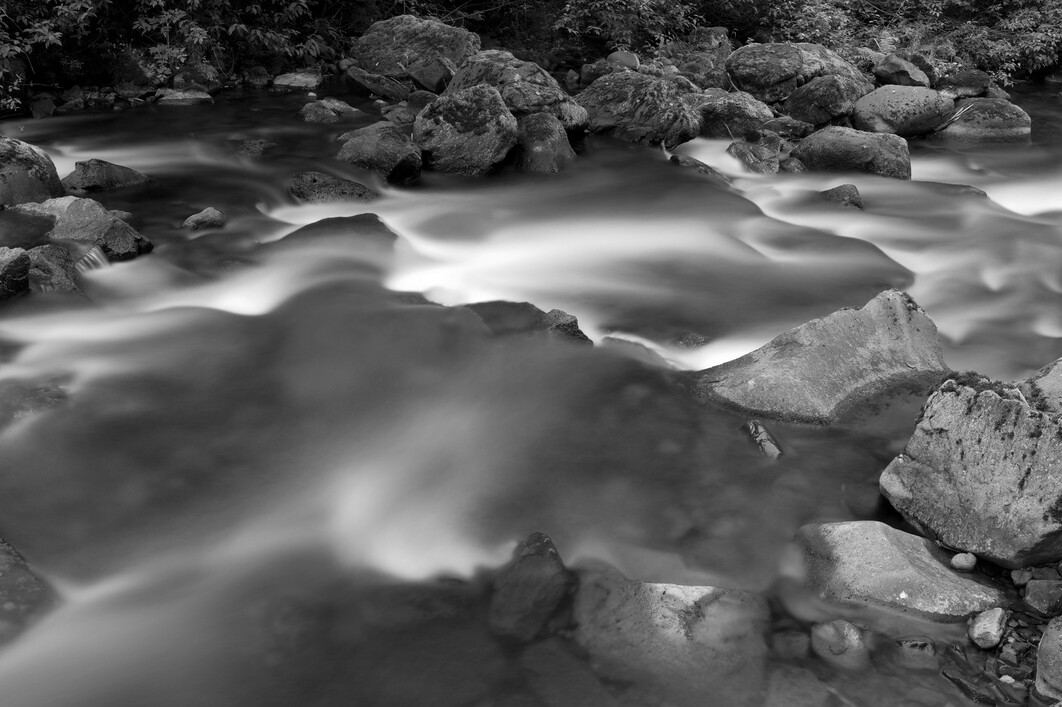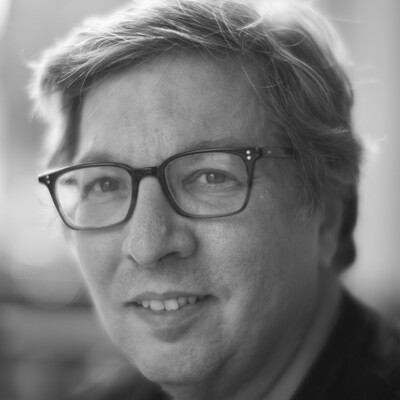Captured with a Rodenstock 50mm/4.0 HR Digaron lens (@ f/5.0) and the Phase One IQ4-150 back, shifted vertically by 12mm.
This is a straightforward, somewhat abstract, composition, emphasizing scale and lines. It converges out of sight below the foreground pier, suggesting an infinite roadway.
I shot this several times, day and night, and the nighttime image, in which the steelwork under the bridge is closer in brightness to the sky, was much more interesting. The cloudy night helps, too.


Another bridge just to the south, named for a different NYC borough, often gets more photographic love, but I think the Manhattan Bridge deserves respect, too.